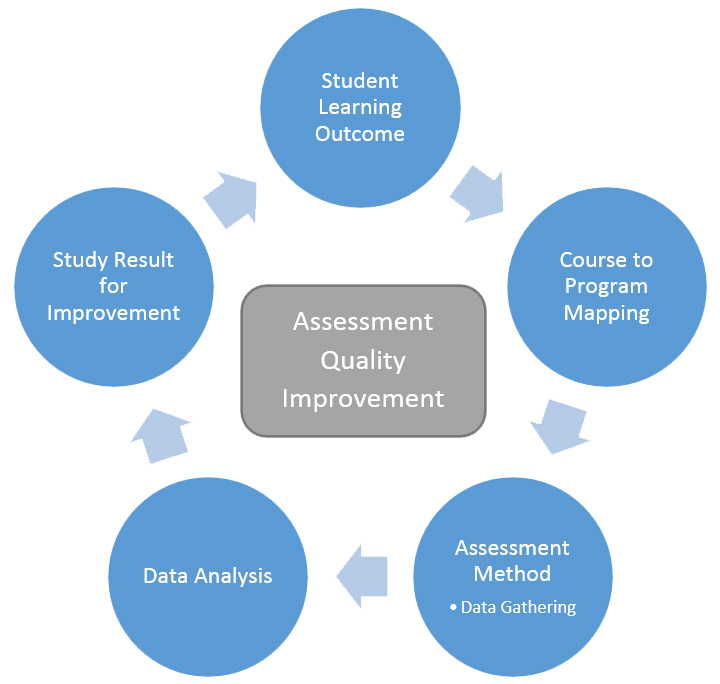
Context
Student Learning Outcomes (SLOs) identify and allow for measurement of student learning at course, program and institutional levels. SLO statements should include certain characteristics:
- Be clearly written and articulate a definite learning;
- Be concisely written to avoid confusion on multiple measurements; and
- Be written to allow for measurement of learning.
In other words, statements which include multiple learnings in one outcome and/or don’t allow for accurate measurement of that outcome are not model SLO statements. Ideally, one SLO statement should list a single and measurable learning outcome.
In the May 2017 edition of the “Guide to Evaluating and Improving Institutions” the Accrediting Commission for Community and Junior Colleges (ACCJC) requires as part of its evaluation criteria:
- The institution has a structured dialog on student outcomes, student equity, academic quality, institutional effectiveness, and continuous improvement of student learning and achievement.
- The dialog occurs on a regular basis and stimulates plans for improvement.
- The dialog uses the analysis of evidence, data, and research in the evaluation of student learning.
More specifically to SLOs, evaluation of effectiveness is based on how well:
- SLOs and assessments are established for all courses and programs (including non-credit instruction, student services, and learning support services).
- Learning outcomes assessments are the basis for the regular evaluation of all courses and programs.
- Improvements to courses and programs have occurred as a result of evaluation.
- The institution provides for systematic and regular review of its instructional and student support services.
Broad Objective
Ultimately, the goal of SLO assessment is to improve the learning which students receive through various courses, programs and services. This includes basic principles:
- Every course needs to be assessed, so course and overall program effectiveness can be achieved.
- Ever course does not equate to every section; but rather than enough assessment needs to occur to yield meaningful results.
- Course SLO’s are mapped to program outcomes; thus if all courses have been properly assessed, program effectiveness can be assured.
- The most critical aspect of assessing learning is to ensure continuous improvement.

Assessment Steps
- Identify concise, clear and measurable course student learning outcomes.
- Ensure all course SLOs are mapped to program outcomes.
- Identify valid and reliable assessment methods.
- Conduct adequate assessment to yield meaningful results.
- Study results to improve learning wherever possible.
- Implement new/revised SLO’s and methods as appropriate.
- Conduct assessment again to establish improvement.
Examples of SLOs and Possible Assessment Methods
Visit the Showcase Web page